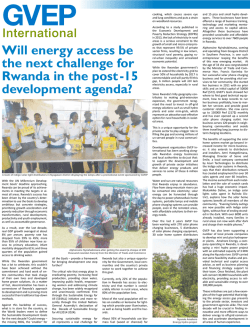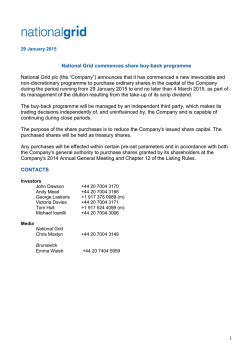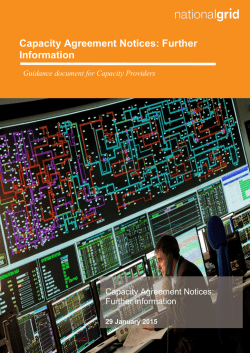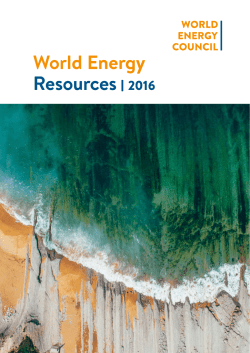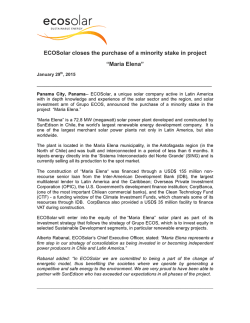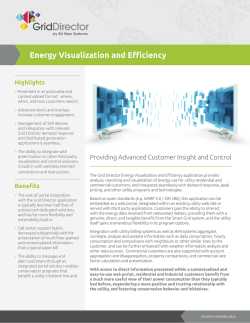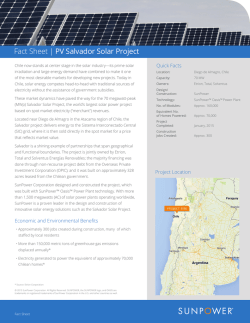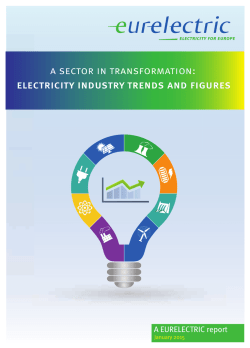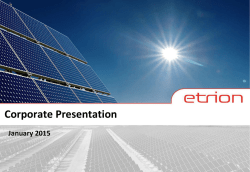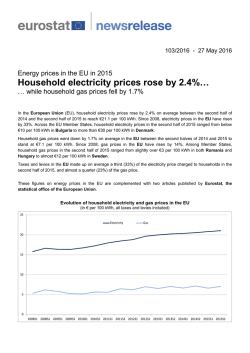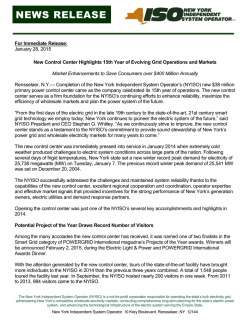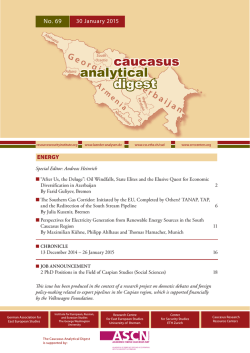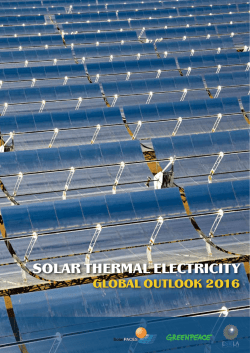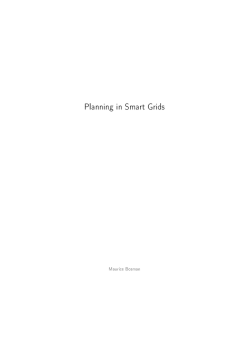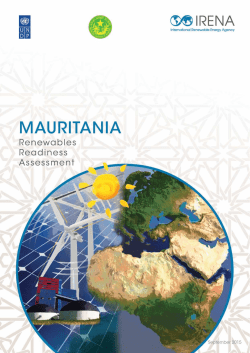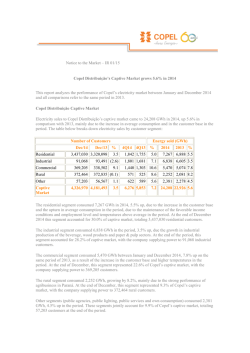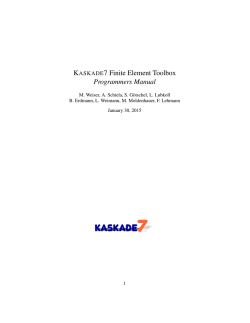
A clean energy future is possible now
CLIMATE + ENERGY A clean energy future is possible now The U.S. is on the verge of a revolution in the way we make, move and use energy. Stronger clean air standards, abundant shale gas, an aging power structure—and the falling cost of solar and wind—are creating an opportunity to transition to a cleaner, more efficient energy system. Electricity production generates the largest share of heat-trapping The opportunity of a century EDF’s clean energy strategy The U.S. will spend a projected $2 trillion in the next 20 years upgrading its power system. In an era of powerful new information and comm unication technologies, our challenge is to make sure this opportunity is not misspent on replacing old, dirty infrastructure with more of the same. We need new rules, ideas and approaches to convert the power grid from a system of centralized, fossil fuel power plants to an intelligent, efficient, connected network that smoothly integrates vastly increased amounts of renewable energy and energy efficiency. Environmental Defense Fund (EDF) seeks to accelerate our country’s transition to cleaner, more efficient energy—and a grid that uses the growing power of information networks—to slash harmful pollution, give people control over their energy costs and grow our economy. Wind and solar power more than doubled in the U.S. over the past five years, but they still provide less than 5% of our power. In order to hasten the clean energy economy, EDF is helping to transform the U.S. electricity system by rewriting outdated regulations, spurring carbon pollution in the U.S.— nearly 40%. EDF is working with government, industry and NGO stakeholders to win policies that drive clean energy investment in nine key states (CA, FL, IL, NC, NJ, NY, OH, PA, TX) that make up about half of the U.S. electricity market. edf.org/cleanenergy CLIMATE + ENERGY energy services markets and modernizing our century-old electric grid. Our nine-state strategy aims to: Cost of electricity 4 Reward utilities for providing customers the ability to choose clean energy solutions—not just for delivering electricity 4 Make the electric grid more resilient and less wasteful 4 Reward customers for the full value of the clean energy they produce 4 Unleash private capital through innovative financial approaches that spur clean energy investments The cost of Source: Seeking Alpha, The cost of electricity US cents/kWh for different technologies for the period 1980-2030 (April 2013) The cost of solar photovoltaic energy has plummeted and is expected to continue to decline even as the costs of fossil fuels and nuclear power rise. Case studies wind and solar power has plummeted; in some markets it is now cheaper than fossil fuel power. Pecan Street: neighborhood of the future Investor Confidence Project: unleashing the power of private capital EDF partnered with the University of Texas to found Pecan Street Inc., a ‘living smart grid lab’ that monitors and measures the energy use and behavior of more than 1,200 participants in Texas, California and Colorado. One study found that homes in the Mueller neighborhood of Austin, Texas use 38% less electricity for cooling per square foot than conventional houses. Pecan Street data about solar generation, electric vehicles and home energy use leads to new products and services that pollute less, use more renewable energy and put customers in the driver’s seat. EDF is doing all it can to make sure that the environmental benefits of this living laboratory are researched, measured and spread far and wide. Buildings use nearly 40% of all energy in the U.S. and generate more than a third of our country’s greenhouse gases, so improving energy efficiency in buildings is critical to the clean energy revolution. EDF established the Investor Confidence Project (ICP) to transform the energy efficiency market by streamlining transactions and increasing the reliability of projected energy savings. ICP and other innovative financial tools can help reduce risks for investors and jumpstart the clean energy economy in the U.S. We recently expanded ICP to Europe because the need for energy efficiency is global, and standards that straddle the ocean can drive even more progress. Environmental Defense Fund T 212 505 2100 New York, NY / Austin, TX / Bentonville, AR / Boston, MA / Boulder, CO / Raleigh, NC 257 Park Avenue South F 212 505 2375 Sacramento, CA / San Francisco, CA / Washington, DC / Beijing, China / La Paz, Mexico New York, NY 10010 edf.org Totally chlorine free 100% post-consumer recycled paper
© Copyright 2026
